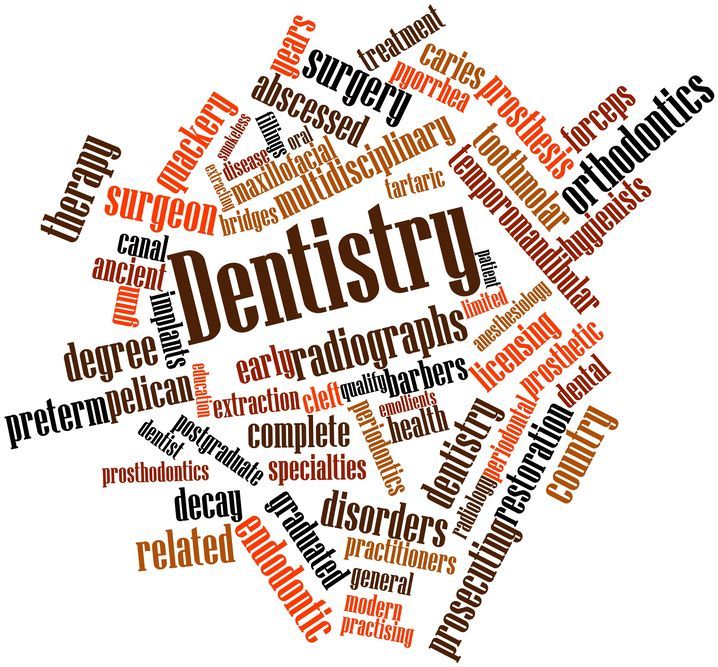Is Sedation Dentistry Painful?
- By Mary Marks
- •
- 05 Nov, 2020
- •

Sedare dolorem, opus divinum est (easing pain is divine work).
Pain is the major cause of the demand for dental treatment. The relief of dental pain brings satisfaction to the patient, and the doctor with https://www.coloradosedation.com is appreciated for its ability to ease it.
Dentistry is still commonly identified with pain, although this is just a misconception. We are all afraid of toothache, of the pain generated by a dental pathology, but also of the pain associated with the dental therapeutic act.
More and more dental clinics are providing patients with dental phobia with new techniques and equipment that make it very easy and pain-free to apply the anesthetic - such as computer-controlled local anesthesia (Single Tooth Anesthesia).
In addition, local anesthesia is not the only way to sedate. Another perfectly safe and painless option is the use of nitrous oxide, commonly known as "hilarious gas". This provides relaxation, and the patient is awake and conscious during the procedure. The exact mechanism by which nitrous oxide acts is not known. It seems that there are several factors competing for sedation. It is known that inhalation with N2O depresses the ability to perceive all the senses: hearing, tactile perception and pain, as well as emotional centers in the brain. The ability to concentrate or perform thoughtful actions is affected to a lesser extent. So is memory. The main effect is relaxation accompanied by the ability to accept dental treatment more easily.





Although oral sedation dentistry Highlands Ranch is one of the optionsavailable for managing anxiety and discomfort during oral surgery, you certainly do not need to use it all the time. As a matter of fact, the exact type of sedation or anesthesia that you receive during oral procedures may depend on various factors, such as the complexity of the procedure, your medical problems, as well as your doctor’s preferences.
There can be several different levels of sedation that can be used in oral surgery. Local anesthesia is one of them. This involves injecting anesthetic medication into the specific area where the surgery will take place. It numbs the area and is often used for less invasive procedures.
Oral sedation involves taking medication in the form of a pill to induce a state of relaxation and drowsiness. The patient is still conscious, but he/she may not be fully aware of the procedure. At any rate, sedation helps him/her get rid of anxiety.
In the case of intravenous sedation, medication is administered through a vein, which induces a deeper state of sedation than oral sedation. Patients may still be conscious, but they are less aware of their surroundings and may not remember the procedure.





